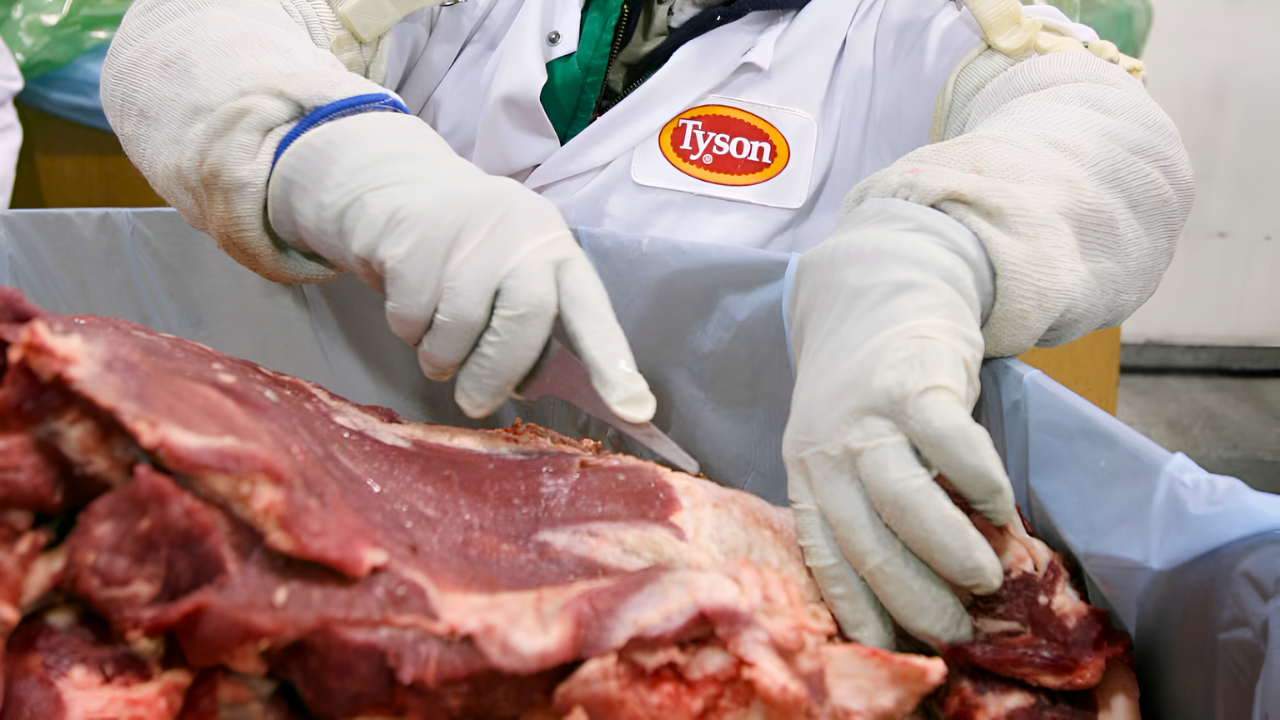
Tyson Foods is set to close its Lexington, Nebraska, beef plant on January 20, 2026, resulting in the loss of approximately 3,200 jobs—marking one of the largest single-site layoffs in the state’s history.
This closure isn’t just a local issue; it highlights the fragility of rural economies heavily reliant on major employers.
The economic and social impacts will ripple through Lexington and surrounding communities, affecting families, local businesses, and the broader region.
Why Tyson Is Shutting Down?
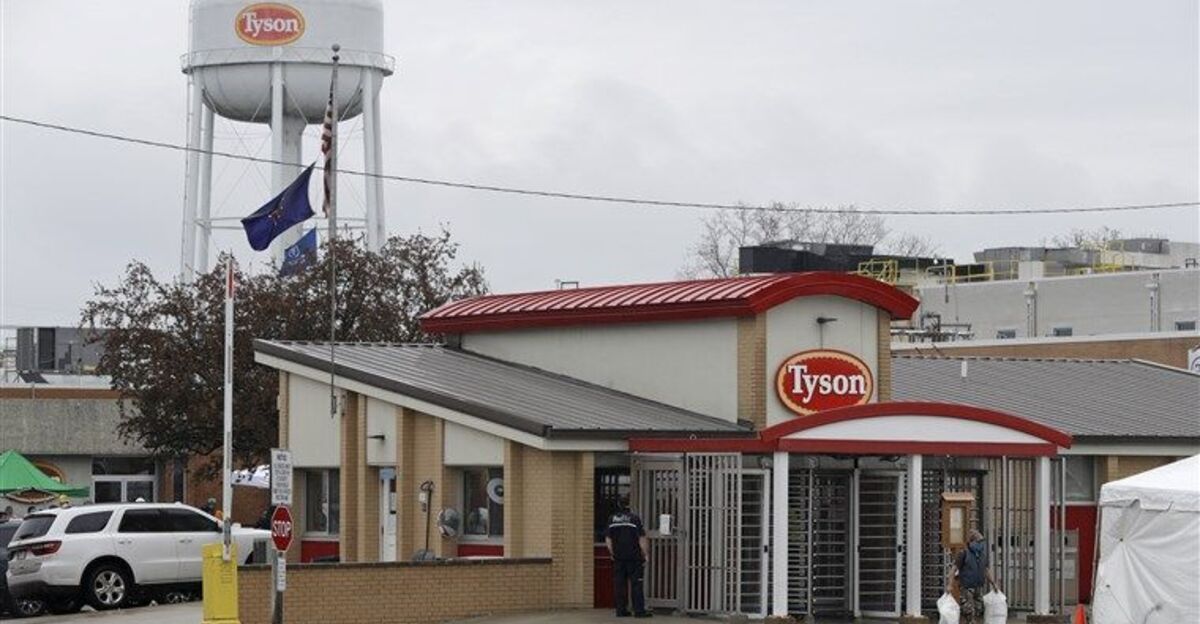
Tyson Foods cited significant beef business losses as the primary reason: $720 million over the past two years, with a projected $600 million loss in the next fiscal year ($1.32 billion total).
Declining cattle supplies nationally, rising costs, and shifting market conditions have squeezed profit margins.
Notably, Nebraska cattle-on-feed inventories remain slightly above year-ago levels, suggesting supply constraints alone don’t fully explain the closure decision.
Local Consumers Face Higher Prices and Fewer Choices
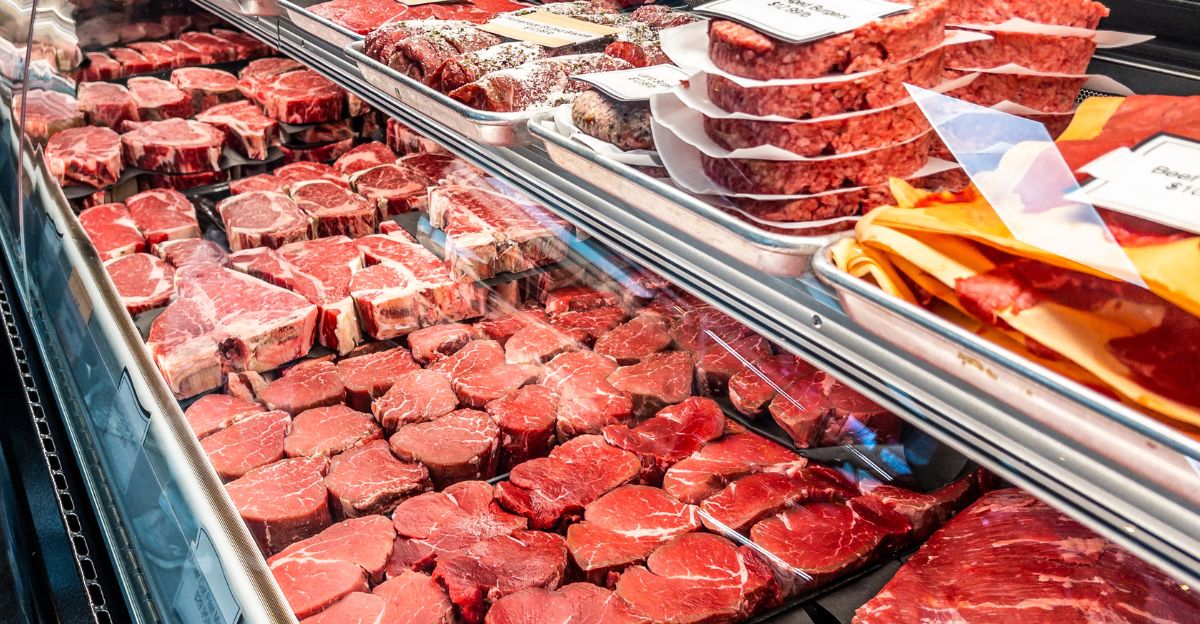
With the Lexington plant gone, local grocery stores and restaurants may experience beef price increases and reduced product variety.
A major processor closure tightens regional supply markets, directly impacting the affordability and availability of food for Nebraska families.
Consumers will likely need to adjust their shopping habits, seek alternative proteins, or travel farther for their preferred beef products, which will increase their overall costs.
Corporate Response and Industry Realignment
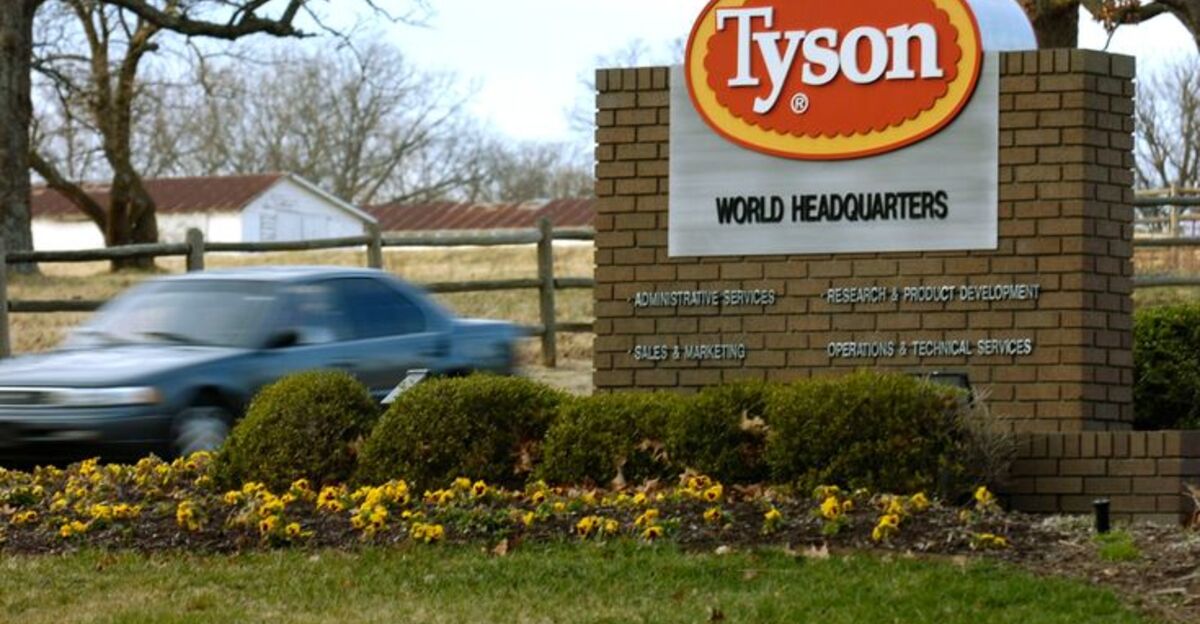
Tyson’s closure includes approximately 1,700 job cuts at its Amarillo, Texas, facility, which will convert to a single-shift operation, resulting in nearly 4,900 total Tyson jobs being eliminated.
Competitors may seize market share while smaller processors struggle to fill the gap. Tyson says it will increase production at other company beef facilities.
Industry consolidation will likely accelerate as companies adapt to changing market conditions and cost pressures.
Substitutes and Adjacent Markets Step In

As beef supply tightens from reduced processing capacity, market forces will affect regional pricing and distribution. Historically, protein markets have shown some substitution patterns, but recent data show consumers continue purchasing beef at high rates despite record prices.
Retailers may adjust inventory management. Adjacent industries—feed suppliers, logistics firms, and packaging companies—will likely adjust operations to accommodate shifted processing locations.
The 5,000-head-per-day capacity loss will restructure supply chain routes and distribution networks across the region.
International Trade and Export Implications
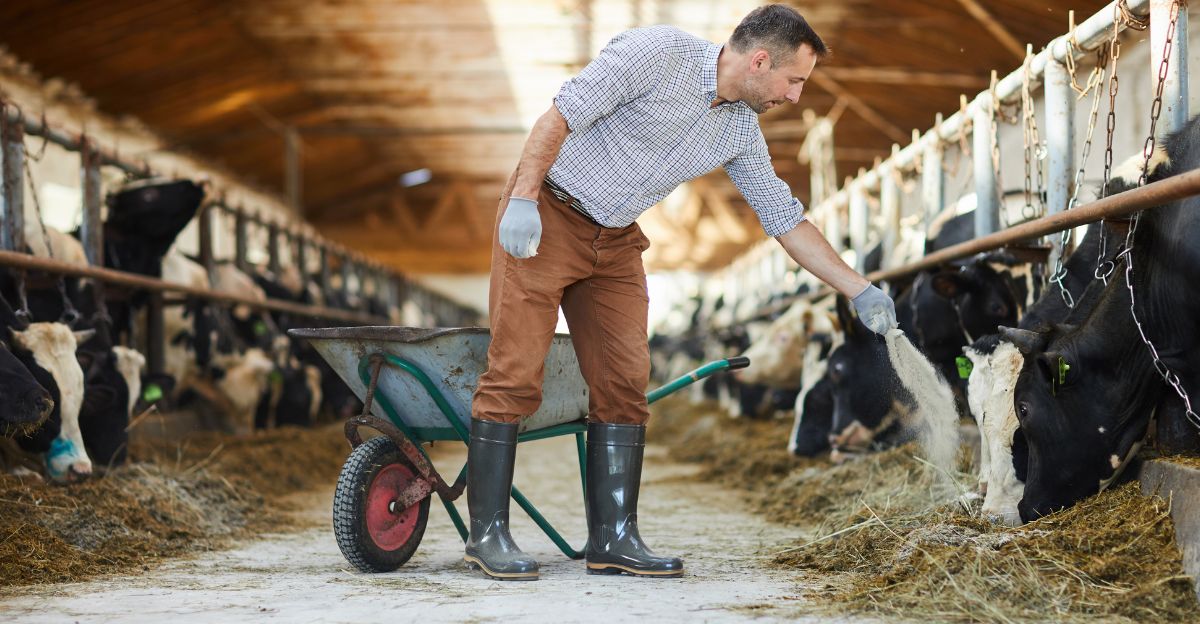
Nebraska ranks among top U.S. beef exporters, representing significant economic value. The Lexington plant processes approximately 5,000 cattle daily.
Tyson stated it will increase production at other company facilities, potentially offsetting capacity loss. However, temporary disruption during facility transitions could affect export timing and volumes.
Global buyers typically diversify suppliers for supply security, which could create short-term opportunities for competing U.S. processors. Long-term export stability depends on industry recalibration and whether production capacity shifts quickly to other facilities.
Workers and Farmers Face Uncertainty

Approximately 28% of Lexington’s 11,500 residents work at the plant. Families face job loss, announced on November 22, with closure on January 20—devastating timing, especially after the holidays.
Local farmers lose a major cattle buyer. Tyson promises relocation benefits and job placement assistance, but the human toll is profound: job losses, mortgages at risk, and ripple effects on schools, services, and community stability.
Political and Policy Responses Intensify
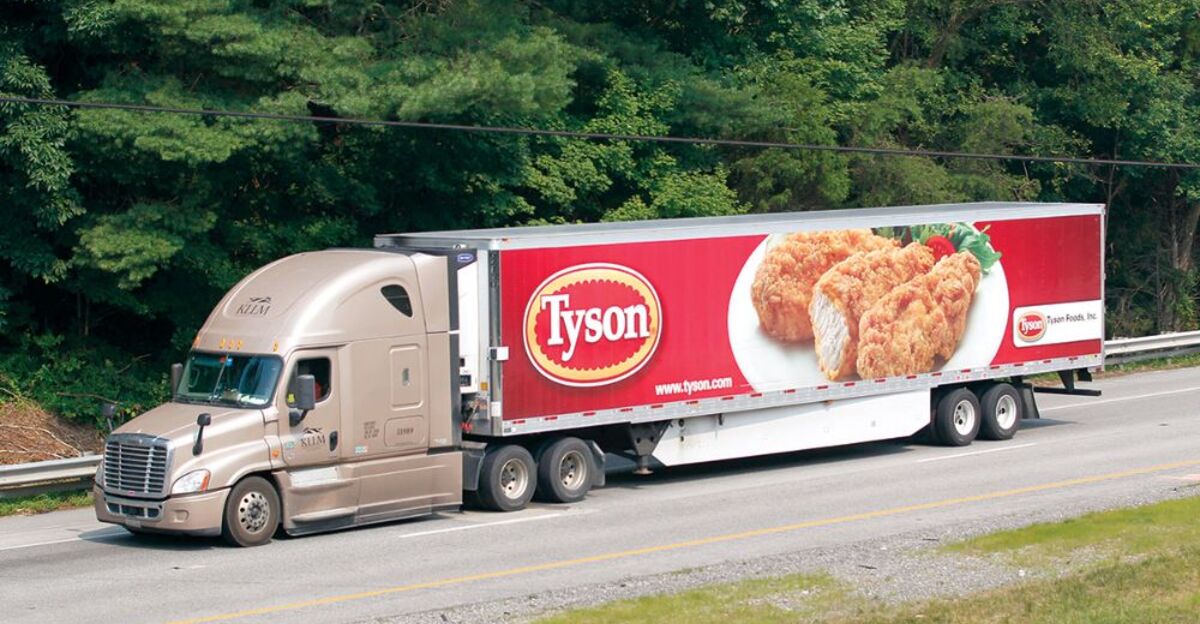
Nebraska officials, including Senator Deb Fischer and Representative Mike Flood, call the closure “devastating.” Fischer noted that “just a few years ago, packers like Tyson were making windfall profits”—highlighting a dramatic reversal.
Flood urges Tyson to preserve the plant for future beef processing. Historical concern arises: Tyson closed its Norfolk, Nebraska, plant in 2006, which remains empty to this day after 19 years.
Inflation and Broader Economic Impact

The loss of 3,200 jobs reduces local spending across retail, real estate, and services. Estimates suggest $160–240 million in annual payroll losses, with regional economic impact reaching $400–600 million when multiplier effects are considered.
Declining local tax revenue threatens school funding and public services. The closure’s economic shock will reverberate through Nebraska’s broader economy, significantly impacting regional growth and stability.
Lifestyle and Health Changes for Consumers
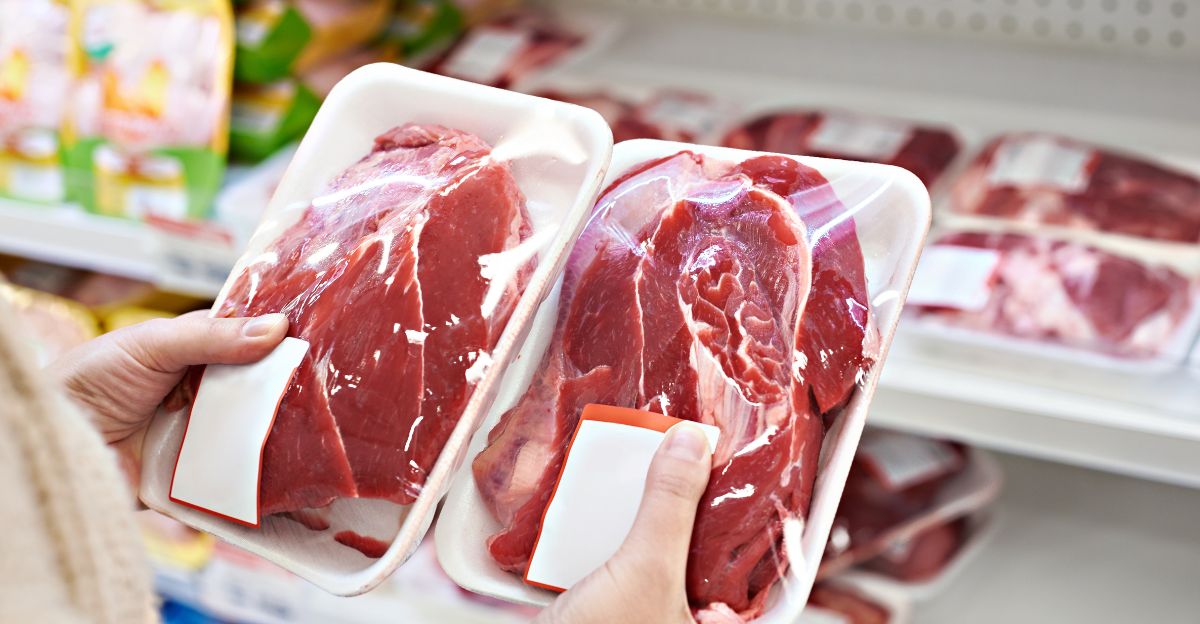
Consumers may not notice significant price changes at the grocery store over the next six months, as all the cattle currently being prepared for slaughter will still be processed, potentially just at a different facility.
But in the long run, beef prices may continue to climb even higher than the current record highs… The only constant in the equation has been that consumers have continued to buy beef even as prices soar. Tonsor said on average Americans will consume 59 pounds (27 kilograms) of beef per person this year.
Rural Economic Survival and Policy Responses
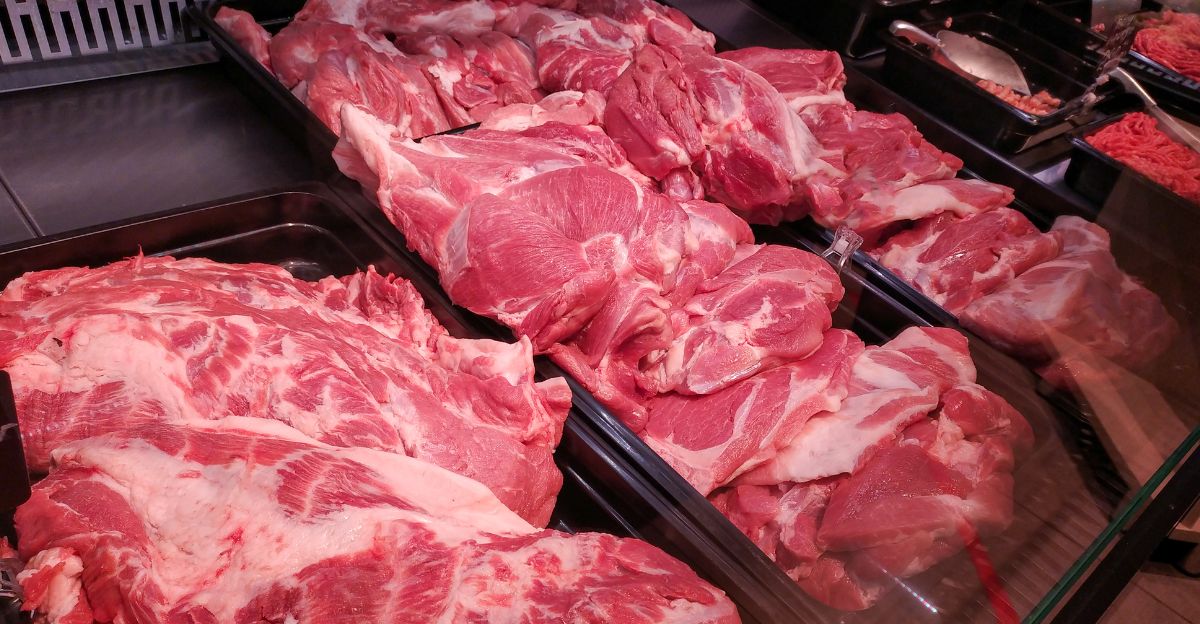
The closure intensifies policy discussions about rural economic resilience and the consolidation of the meat industry.
Governor Jim Pillen discusses “value-added opportunities” and transportation of workers to other plants. Senator Deb Fischer emphasizes support for affected families during the holidays.
The event underscores questions about corporate accountability and rural preservation in the face of market consolidation. These experiences will inform future agricultural policies, rural development strategies, and food system resilience initiatives.
Global Consumer Perceptions and Adaptations
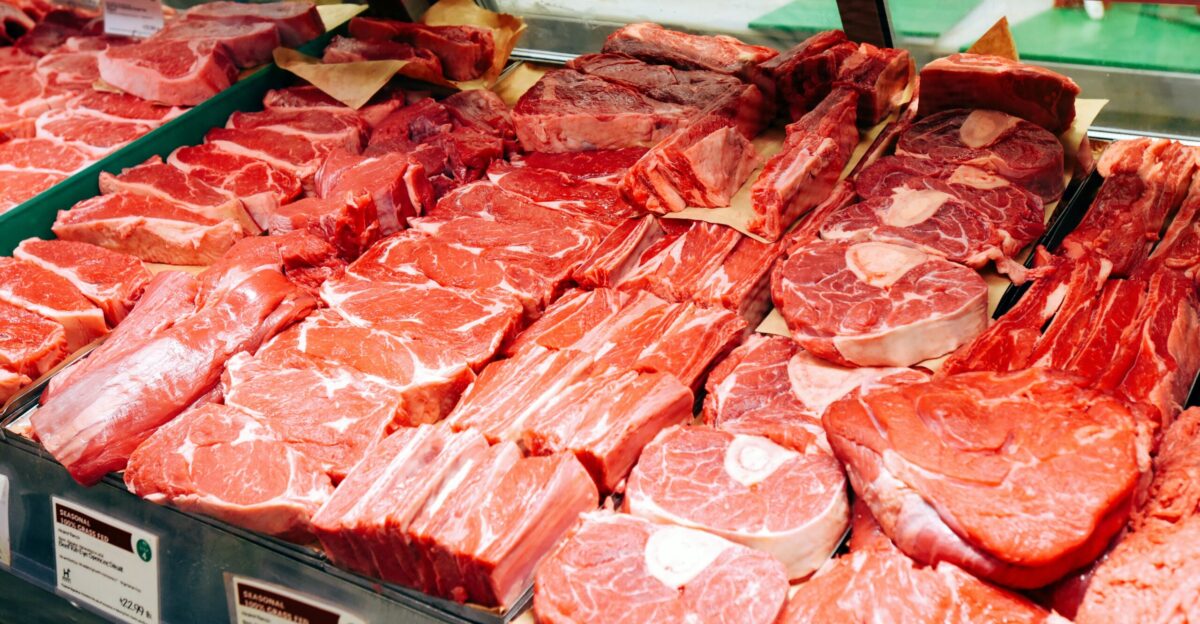
A 5,000-head-per-day capacity loss represents approximately 5-7% of U.S. beef processing capacity. International buyers may experience temporary sourcing uncertainty during facility transitions.
Historically, such capacity changes create opportunities for competing U.S. processors and international suppliers to gain market share. Australia, Brazil, and Canada—major beef exporters—often increase shipments when U.S. supply tightens.
However, if Tyson rapidly increases production at other facilities, international market disruption may be minimal. Buyers typically maintain multiple supplier relationships, reducing vulnerability to single-facility closures.
Unexpected Winners and Losers Emerge

The closure creates documented winners and losers. Clear losers: Lexington businesses dependent on plant payroll (estimated 320-640 local businesses). Clear winners: Competing beef processors with available capacity can operate at higher utilization, improving margins (per BMO Capital Markets analysis).
Immediate losers: regional cattle ranchers lose this buyer. Potential adaptable winners: logistics companies that serve other processing plants.
Short-term disruptions hurt suppliers, equipment maintenance firms, and food service providers. Realistic outcome: Businesses in communities with alternative employers fare better than those in Lexington. Alternative protein companies face continued resilience in beef demand.
Market Reaction and Industry Dynamics
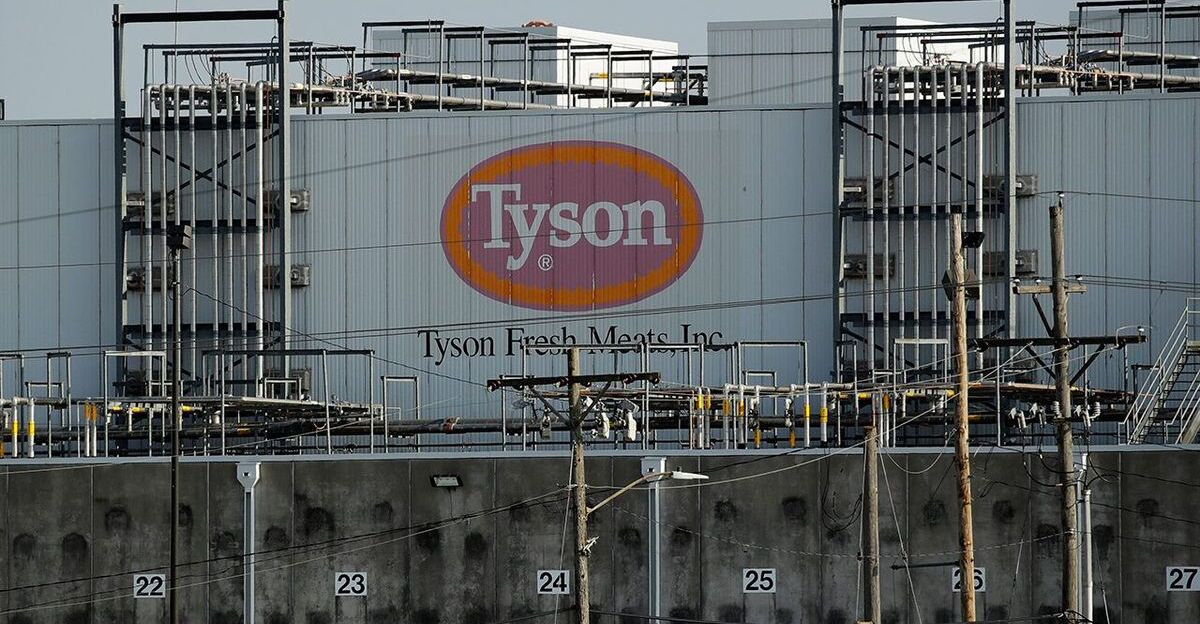
Tyson Foods’ stock rose 7% on the closure announcement, as analysts view it as a “positive for the US beef packer margin outlook.” BMO Capital Markets noted that processing capacity reduction helps address industry overcapacity relative to cattle supplies.
However, despite record beef prices ($10/lb projected by 2026), consumers continue purchasing beef at high rates. Futures markets will likely react to reduced U.S. processing capacity, affecting pricing dynamics for cattle ranchers and beef buyers.
What’s Next for Lexington and the Beef Industry?
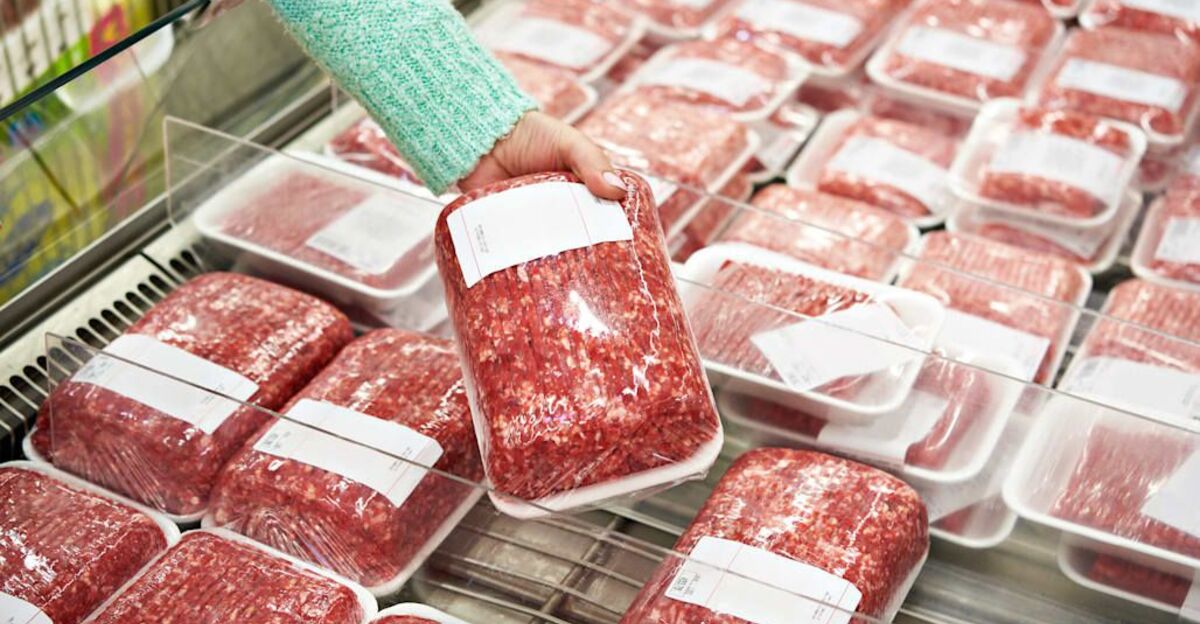
As Lexington braces for change, officials urge Tyson to preserve the plant for future beef processing—mindful that Tyson’s Norfolk plant has sat empty for 19 years since its 2006 closure.
The immediate priority is supporting 3,200 displaced workers and their families. Medium-term: whether production increases at other Tyson facilities proceed on schedule.
Long-term questions emerge about rural economic resilience, beef industry consolidation, and whether such large processing plants will remain anchors for rural communities. Policymakers and communities are now developing responses and adaptation strategies.